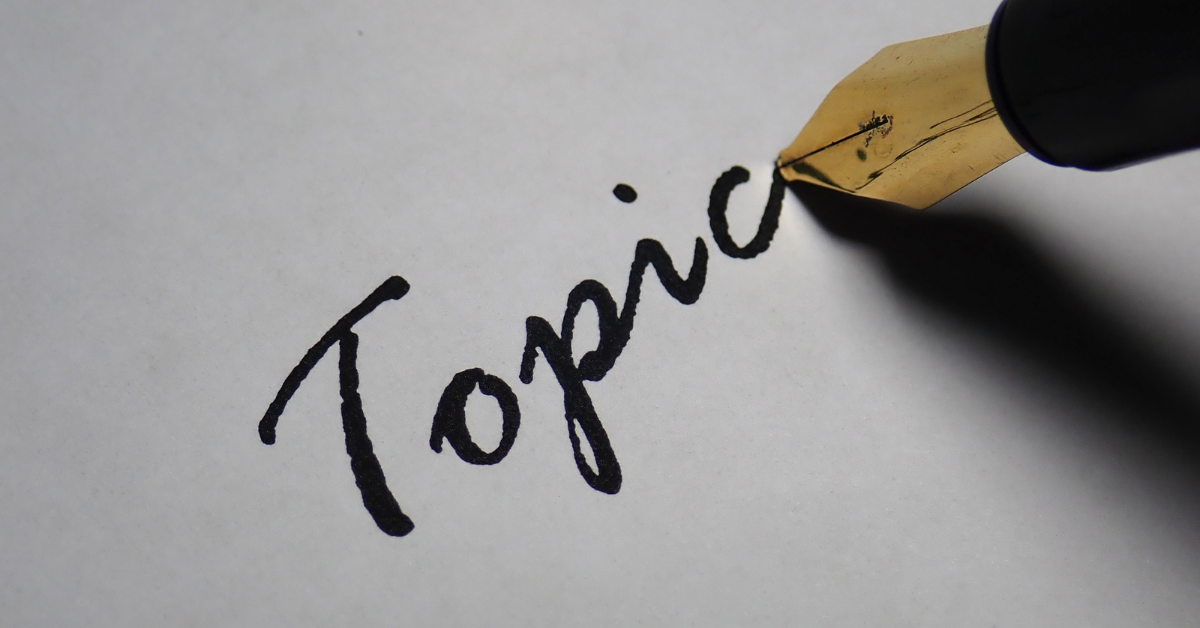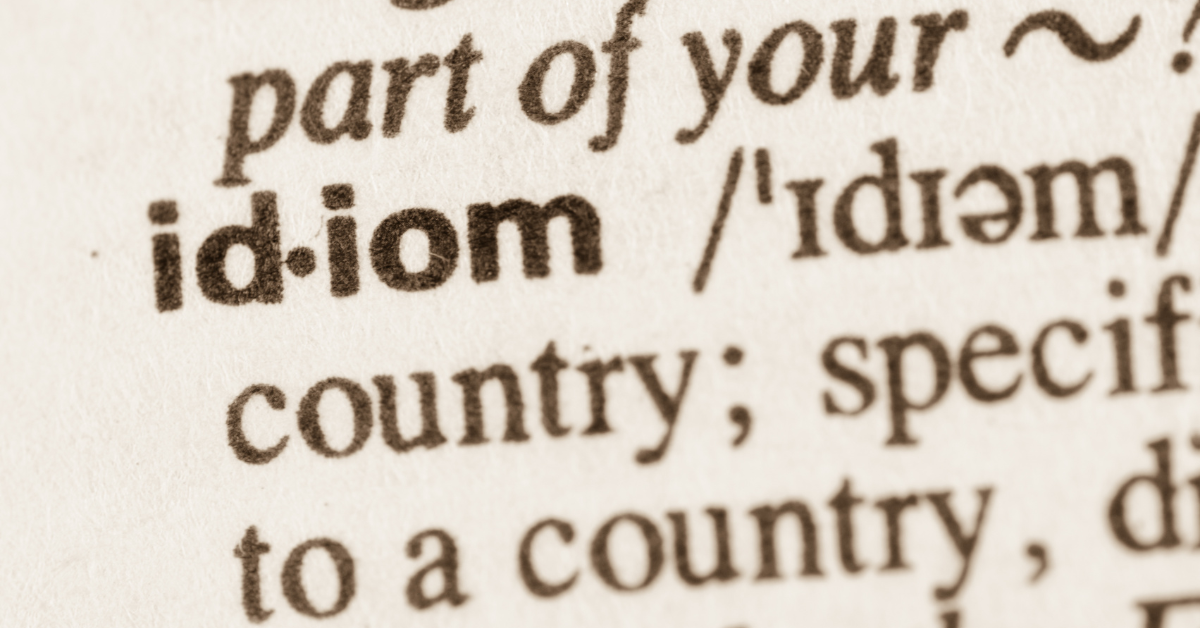A Comprehensive Guide to Formatting Rules in Different Citation Styles
When writing an academic essay, it’s crucial to properly format your sources, including book titles. The way you format a book title can vary depending on the citation style you’re using, such as MLA, APA, Chicago, or AMA. Understanding these differences not only helps you adhere to academic standards but also ensures that your work is clear and professional. In this blog post, we’ll explore whether you should italicize a book title in various citation styles, why it’s important, and how to correctly format your references. Additionally, we’ll highlight how Essay 24 can assist you in creating perfectly formatted, unique content for your academic needs.
Why Italicize Book Titles?
Italicizing book titles serves several purposes:
- Distinguishing Titles: Italics help to distinguish book titles from the rest of the text, making it clear that the phrase refers to a title.
- Consistency: Adhering to a standardized formatting rule ensures consistency throughout your work and aligns with academic standards.
- Professionalism: Proper formatting demonstrates attention to detail and a commitment to academic rigor.
MLA (Modern Language Association) Style
Italicization Rule: Yes, italicize book titles.
In MLA style, which is commonly used in the humanities, book titles are italicized. This includes both the titles in the main text and in the Works Cited page.
Example:
- Main Text: In her analysis, Smith explores the themes of identity in To Kill a Mockingbird.
- Works Cited: Lee, Harper. To Kill a Mockingbird. J.B. Lippincott & Co., 1960.
APA (American Psychological Association) Style
Italicization Rule: Yes, italicize book titles.
APA style, used predominantly in the social sciences, also requires that book titles be italicized in both the text and the reference list.
Example:
- Main Text: According to recent research, emotional intelligence plays a significant role in leadership (Goleman, 1995).
- References: Goleman, D. (1995). Emotional Intelligence: Why It Can Matter More Than IQ. Bantam Books.
Chicago Manual of Style
Italicization Rule: Yes, italicize book titles.
The Chicago Manual of Style, which is widely used in history and some humanities disciplines, also follows the convention of italicizing book titles in both the text and the bibliography.
Example:
- Main Text: As noted in The Art of War, Sun Tzu’s strategies remain relevant today.
- Bibliography: Tzu, Sun. The Art of War. Translated by Lionel Giles, Dover Publications, 2002.
AMA (American Medical Association) Style
Italicization Rule: Yes, italicize book titles.
AMA style, commonly used in the medical and scientific fields, requires italicizing book titles in both the main text and the reference list.
Example:
- Main Text: The guidelines are detailed in the Manual of Clinical Microbiology (Murray, 2021).
- References: Murray PR, Rosenthal KS, Pfaller MA. Manual of Clinical Microbiology. 12th ed. ASM Press; 2021.
Other Citation Styles
While the four major styles above consistently use italics for book titles, it’s worth noting a few other styles:
- Harvard Style: Book titles are italicized.
- Turabian Style: A variant of Chicago, also italicizes book titles.
- AP (Associated Press) Style: Uses quotation marks for book titles, not italics. However, AP style is generally used for journalistic writing rather than academic papers.
Why Different Styles?
The reason behind different formatting rules across citation styles primarily lies in their target audience and field of study. Humanities disciplines, which often require close textual analysis, prefer MLA or Chicago styles for their comprehensive bibliographic details. Social sciences and medical fields, prioritizing clarity and conciseness, use APA and AMA styles, respectively. Each style reflects the unique needs and conventions of its academic community.
How to Choose the Right Citation Style
Choosing the appropriate citation style depends on several factors:
- Discipline: Different academic fields prefer different citation styles.
- Instructor’s Requirements: Always adhere to the specific guidelines provided by your instructor or institution.
- Publication Guidelines: If you’re submitting to a journal, follow their prescribed citation style.
Practical Tips for Formatting Book Titles
- Consistency: Whichever style you choose, be consistent throughout your document.
- Referencing Guides: Keep a style guide handy for quick reference to specific rules.
- Software Tools: Use reference management software like EndNote, Zotero, or citation features in word processors to automate formatting.

The Role of Essay 24
At Essay 24, we understand the complexities of academic writing and the importance of proper formatting. Our professional writers are well-versed in various citation styles and can help you craft essays and speeches that meet all academic standards. Whether you need a fully written, original paper or assistance with formatting and citations, our team is here to ensure your work is of the highest quality.
Properly formatting book titles is a crucial aspect of academic writing that varies depending on the citation style you’re using. Whether it’s MLA, APA, Chicago, or AMA, knowing the rules ensures your work is professional, consistent, and credible. Remember, if you need expert assistance, the professional writers at Essay 24 provide 100% unique content tailored to your specific needs and preferences. Stay informed, stay consistent, and let Essay 24 help you achieve academic excellence.



















